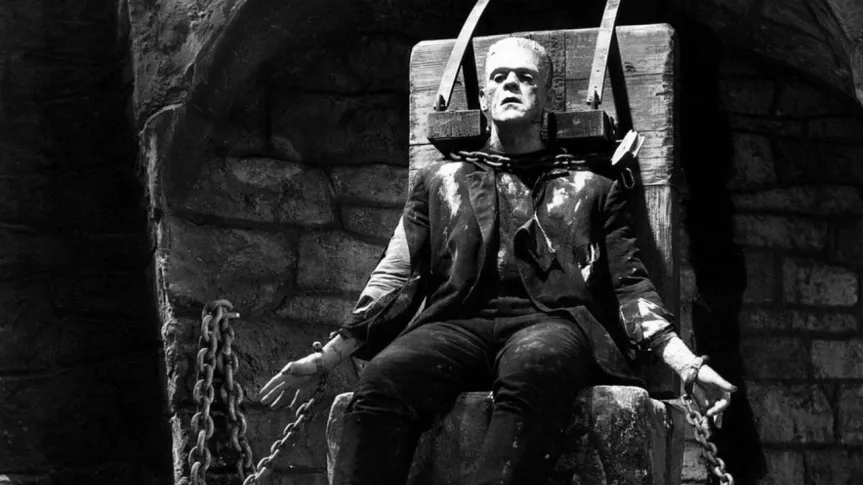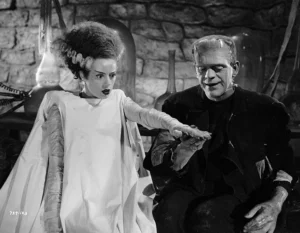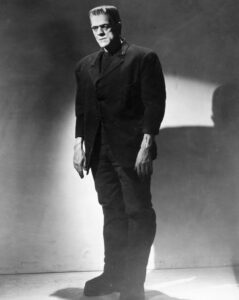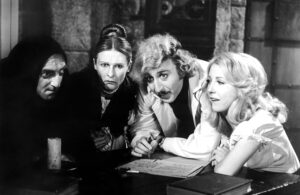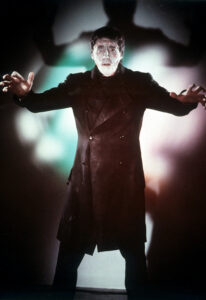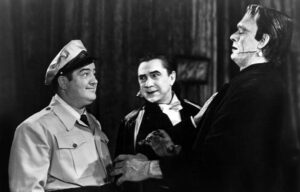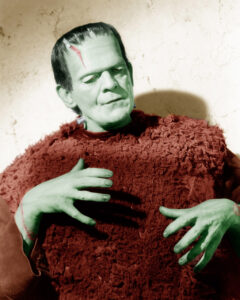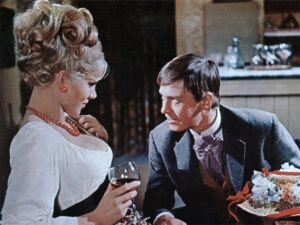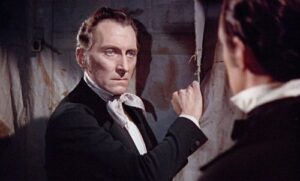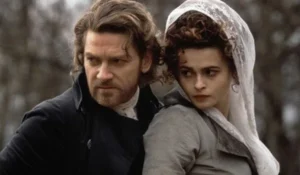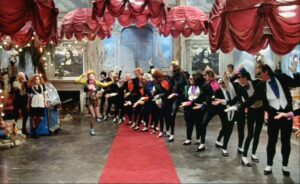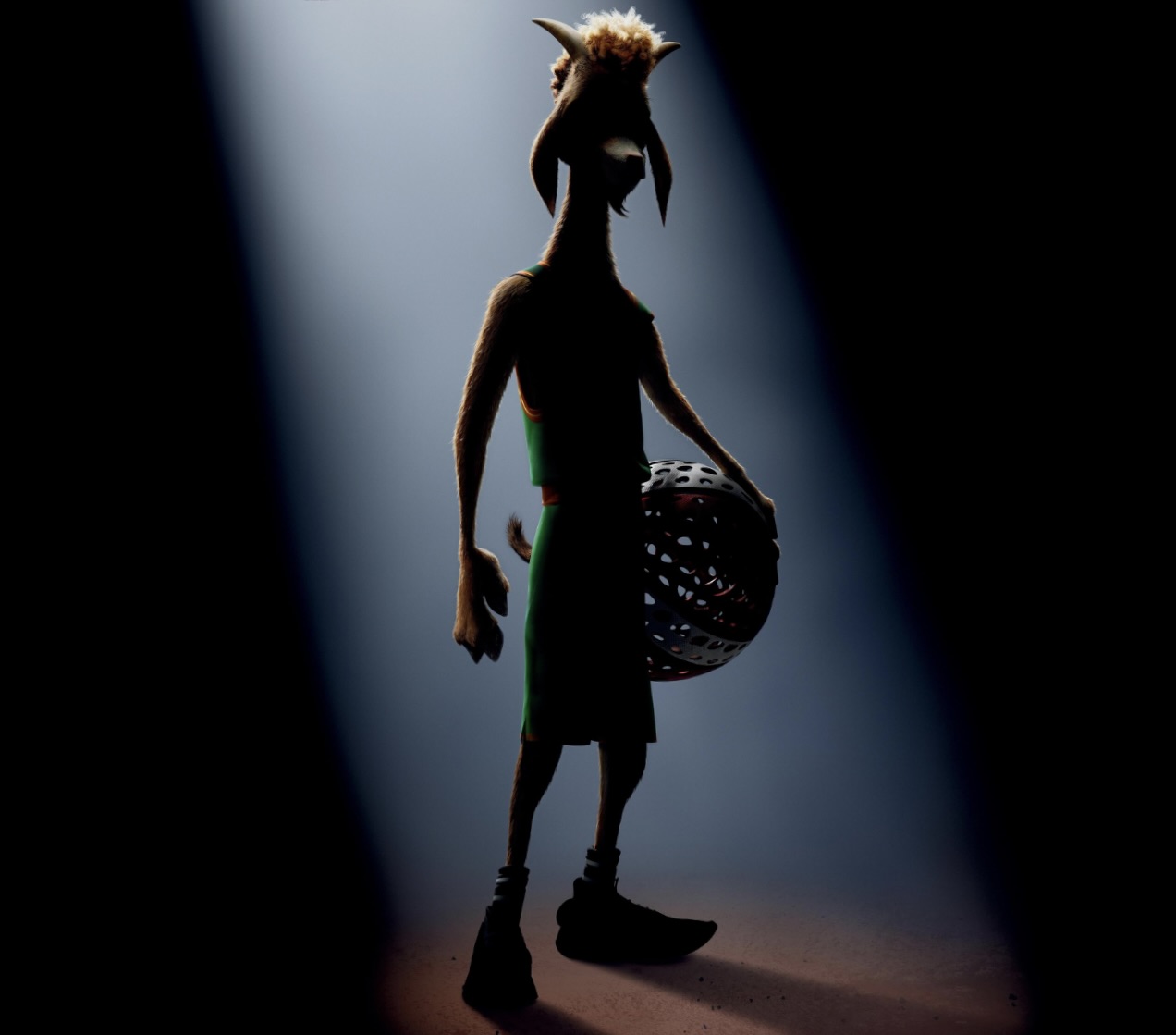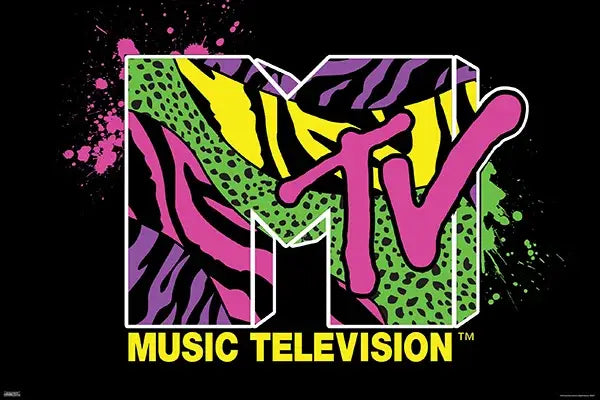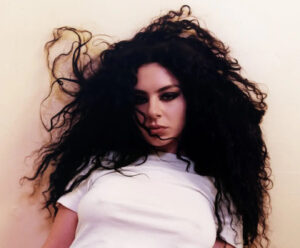Mary Shelley’s Frankenstein; or, The Modern Prometheus is, from first publication, a mutating text: full of gaps, contradictions, and rhetorical excess. It invites reinterpretation and reinvention. That open-endedness has made Frankenstein one of cinema’s most protean myths — a story more often warped than faithfully recounted, but endlessly compelling.
Over more than a century, filmmakers have turned Frankenstein’s themes into gothic horror, science-fiction, comedy, satire, body horror, and even musicals.
bride of frankenstein (1935)
James Whale’s sequel surpasses its predecessor in ambition, style, and emotional range. Where Frankenstein (1931) introduced the mythic core — Dr. Frankenstein, the Monster, lightning, and doomed hubris — Bride expands it. The addition of the Bride gives the Monster a tragic desire; the film plays with horror, comedy, pathos, and even irony. Elsa Lanchester’s brief but unforgettable performance as the Bride is iconic. Whale layers the story with visual symbolism, theatrical framing, and emotional density, producing a Gothic dream that still resonates. For many critics and fans, Bride of Frankenstein remains the apex of the Frankenstein cinematic cycle.
frankenstein (1931)
The film that (for better or worse) defined the Frankenstein image in popular culture. James Whale’s Frankenstein set the template: the laboratory, the lightning, the bolts in the neck, the mute lumbering monster, the anguished creator. Boris Karloff’s performance — simultaneously childlike, monstrous, and sympathetic — became the monstrously human ideal. It’s not a perfect adaptation — it simplifies, omits, and rearranges plot elements — but as a horror film it remains startling, effective, and deeply influential. It’s one of the foundational movies of the horror genre.
young frankenstein (1974)
Mel Brooks and Gene Wilder’s affectionate parody may seem like sacrilege in a list of serious Frankenstein adaptations — but it also might be the most uniquely calibrated cinematic Frankenstein. Wilder’s Dr. Frederick Frankenstein (pronounced “Fronkensteen”) inherits his grandfather’s castle, reanimates a Creature, and faces absurdities and horrors in equal measure. Many of its gags play off cinematic nods to the 1930s films: the windmill silhouette, the lab, the Igor/Mutt line, and more. Young Frankenstein is lovingly replete with references, and yet stands on its own as a comic masterpiece that makes us reconsider the original’s loneliness, absurdity, and horror from a fresh angle.
the curse of frankenstein (1957)
The Hammer Horror version of Frankenstein did what the Universal films generally did not: it brought color, visceral gore, and modern brutality to the tale. Peter Cushing’s version of Victor Frankenstein is cold, ruthless, morally ambiguous — a far cry from the anguished Romantic scientist of Shelley or Whale. Christopher Lee’s Creature is grotesque and menacing. The film helped launch Hammer’s horror legacy, and for many it remains the most influential mid-century Frankenstein reimagining. It’s not subtle, but it’s vivid, bold, and memorable.
abbott and costello meet frankenstein (1948)
One of the best “monster mashups” in Hollywood history, this horror comedy brings together Dracula, the Wolf Man, and Frankenstein’s Monster in a farcical adventure. It’s not a serious adaptation, but its success is in genre-blending: it treats its monsters as characters in a screwball plot, and leverages audience familiarity with the Universal monsters to comedic effect. On Rotten Tomatoes, it still scores strongly — testament to its enduring charm.
son of frankenstein (1939)
This film marks the darker turn in the Universal Frankenstein series. Basil Rathbone appears as the titular son, Bela Lugosi plays Ygor, and Karloff returns as the Monster. The film embraces shadowy visuals, gothic architecture, and moral ambiguity. While not as cohesive or emotionally sharp as Bride, it remains one of the more visually striking sequels and deepens the mythology.
frankenstein created woman (1967)
One of Hammer’s more experimental entries, this film (directed by Terence Fisher) leans into metaphysical ideas of the soul, afterlife, and identity. Though it may feel uneven, it’s ambitious in linking Frankenstein’s experiments to spiritual horror rather than merely physical monstrosity. It’s not always effective, but in the context of the franchise it’s daring.
the revenge of frankenstein (1958)
A direct sequel to The Curse of Frankenstein, this film (by Terence Fisher) continues Hammer’s approach: morally compromised scientist, lurid gore, and existential stakes. Cushing returns, and the visuals are striking. It may not reach the heights of Curse, but it’s a worthy continuation and helps solidify the Hammer Frankenstein canon.
frankenstein (1994)
Kenneth Branagh’s version is the most literarily ambitious mainstream adaptation in the late 20th century. It strives for a more faithful rendering of Mary Shelley’s novel — including the framing narrative, the Arctic expedition, and Victor’s tormented psyche — while adding its own flourishes. Robert De Niro’s Monster is sympathetic, vulnerable, and disturbing. The film is uneven (some melodrama, occasional lapses in pacing) but deserves credit for ambition and its sincere attempt to grapple with Shelley’s text in a blockbuster medium.
the rocky horror picture show (1975)
This film is not a strict Frankenstein adaptation — it’s a campy, riffing musical — yet its DNA is unmistakable. Dr. Frank-N-Furter, the laboratory setting, transgression, and the bodily-creation myth all nod to Frankenstein. As a cultural phenomenon, it demonstrates how Frankenstein can be reinvented far from horror, into queer camp, musical subversion, and cult spectacle.
honorable mentions & other variants
-
Frankenstein Meets the Wolf Man (1943) and House of Frankenstein (1944) are fun monster crossovers that illustrate how the Frankenstein myth was subsumed into the Universal monster stable.
-
Edward Scissorhands or Ex Machina are not Frankenstein movies per se, but they carry its moral core: the outsider, the creator, the ethics of creation. Some critics place Spirit of the Beehive in Frankenstein lists for its metaphorical resonance.
-
Some modern horror or experimental films have flirted with Frankenstein themes — body modification, identity, synthetic life — though they rarely carry the name.
impression
The Frankenstein myth resists a “definitive” film adaptation, and rightly so. Its strength lies in mutability — the ability to be reshaped into comedy, horror, melodrama, or metaphor. The films above are those that, through different modes, embody what’s enduring and unsettling in Shelley’s creation: the longing for life, the terror of isolation, the guilt of unnatural power, and the horror that the maker might become victim.
No comments yet.

